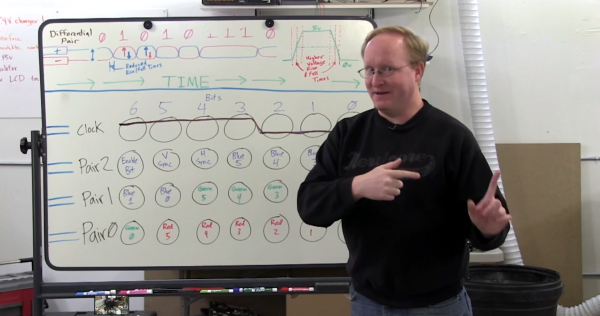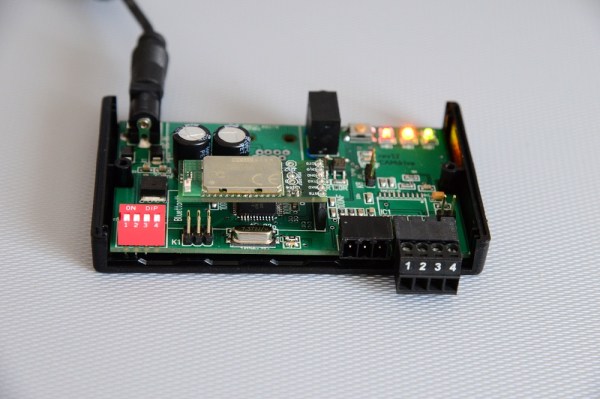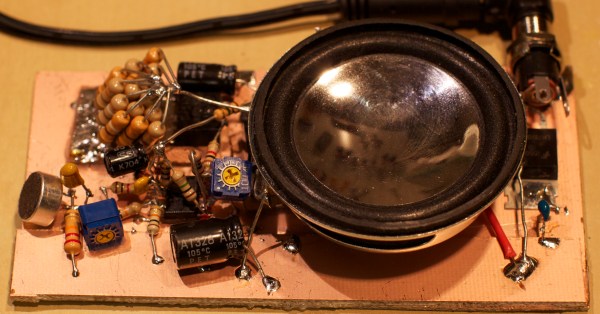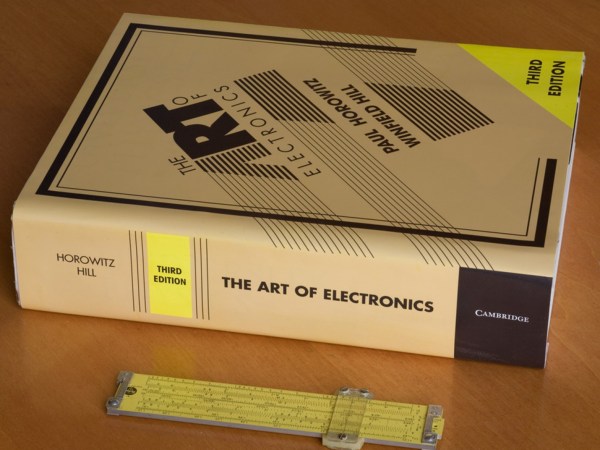If you’ve spent some late nights CADing your next model for the 3D printer, you might find yourself asking for a third hand: one for the part to-be-modeled, one for the tool to take measurements, and one to punch the numbers into the computer. Alas, medical technology just isn’t there yet. Luckily, [Christian] took a skeptical look at that third hand and managed to design it out of the workflow entirely. He’s developed a proof-of-concept tweak on conventional calipers that saves him time switching between tools while 3D modeling.
His build [PDF] is fairly straightforward: a high-resolution digital servo rests inside the bevel protractor while a motorized potentiometer, accelerometer, and µOLED display form the calipers. With these two augmented devices, [Christian] can do much more than take measurements. First, both tools are bidirectional; not only can they feed measurement data into the computer with the push of at button, both tools can also resize themselves to a dimension in the CAD program, giving the user a physical sense of how large or small their dimensions are. The calipers’ integrated accelerometer also permits the user to perform CAD model orientation adjustments for faster CAD work.
How much more efficient will these two tools make you? [Christian] performs the same modeling task twice: once with conventional calipers and once with his tools. When modeling with his augmented device, he performs a mere 6 context switches, whereas conventional calipers ratchet that number up to 23.
In a later clip, [Christian] demonstrates a design workflow that combines small rotations to the model while the model is sculpted on a tablet. This scenario may operate best for the “if-it-looks-right-it-is-right” sculpting mindset that we’d adopt while modeling with a program like Blender.
Of course, [Christian’s] calipers are just a demonstration model for a proof-of-concept, and the accuracy of these homemade calipers has a few more digits of precision before they can rival their cousin on your workbench. (But why let that stop you from modifying the real thing?) Nevertheless, his augmented workflow brings an elegance to 3D modeling that has a “clockwork-like” resonance of the seasoned musician performing their piece.
[via the Tangible, Embedded, and Embodied Interaction Conference]
Continue reading “SPATA: Shaving Seconds And Saving Brainpower Whilst 3D-modeling” →


















